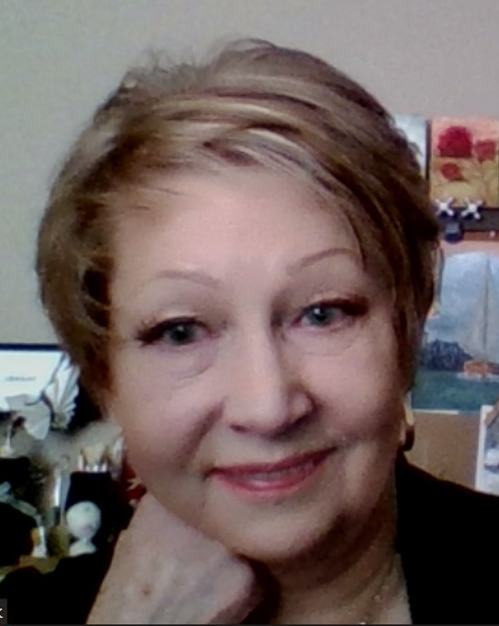Cindy's story

After Cindy was diagnosed with breast cancer, she turned to a PALB2 Facebook group to get support on tough days and learn how others were tolerating their treatments.
“We’ve all got the PALB2 gene mutation, and so we’re all the same—but we’re all different because we’ve got the different variations,” Cindy said. About sixteen people shared her exact variant, PALB2 c.3113G>A. Those women gave her more than she expected from a Facebook group.
“We are all cousins,” she said, though some are more removed than others. “It’s like we’ve known each other all our lives. There are similarities with not just our cancer and our gene mutation but our personalities.”
People with the variant live in the United States and Europe, in Japan and Australia. “How did we get that far away from each other?” Cindy wondered. “Where did it all start? And to me, that’s a history book. And it’s very exciting.”
Cindy started tracing the history of the variant with others who knew their way around genealogy databases. For each member, which parent passed on the mutation? Which grandparent and great-grandparent? The team found their first clues in DNA matches from genetics companies such as Ancestry and 23andMe. If two members had the same match, they tried to connect their family trees through that match.
But not all members used the same company. Family connections were hidden if information was stored in different databases. Volunteers at ConnectMyVariant and the BYU Center for Family History and Genealogy stepped in and compiled all the genetic data into one set for the team to work with.
“We’d take pieces,” Cindy said. “You take this page, I’ll take that page, and we’ll start sorting, slicing, and dicing.” The group confirmed parent-child relationships through online historical birth records. They identified potential cancer cases in documents listing death dates and causes of death. They looked for hints in stories passed down through their families.
“We use all the tools that are available,” said Cindy, “because we really want to validate and verify we’re looking at an actual relative with this DNA makeup.”
The group had a breakthrough when they looked at where their ancestors lived. Each member had a unique mix of ancestors from different parts of the world. The team realized that these mixes overlapped in one area—England and Scotland. With this insight, they were able to focus only on branches of their family trees from that region.
Cindy had thought she must have inherited the variant from her dad’s Norwegian side. But the group’s research pointed to her mother’s British side. This didn’t seem to make sense. On her mother’s side, none of the women she knew of died young. Then another group member connected to Cindy’s mother’s maternal line. When they combined their family trees, a pattern of early deaths became visible, snaking through both sets of branches.
Through feats of sharing and combining information like these, the group has traced the variant as far as the 1600s. They’ve found multiple family connections among members. They may be close to finding a common ancestor for the entire group.
As they search for the origin of their mutation, the group faces challenges. If Cindy has a question for another member, she can’t just pick up the phone if that person lives on the other side of the world where it’s the middle of the night.
“The PALB2 group on Facebook is amazing because we can drop information in a conversation or open up a dialogue at any time,” Cindy said, but online chats can be slower than she’d like.
The work of the group can also be daunting for people who want to participate but have no experience with genealogy, especially when they’ve been newly diagnosed with cancer and are already overwhelmed with the jargon and dynamics of the Facebook group.
“Everybody is looking for maybe something a little different initially when they join,” Cindy said. Not everyone is ready to share personal details. “But once they get on the bandwagon with the DNA, connecting the dots, well, they’re hooked.”
Established group members reach out with support and one-on-one talks to help new members. ConnectMyVariant provides training on tools such as Ancestry, 23andMe, GEDMATCH, and FamilySearch. Anyone can start knowing only the basics and slowly add new skills as needed.
The effort is worth it to Cindy. “Maybe I can help somebody else,” she said. “And it’s interesting, I love the history and the geography and the surprises and meeting the new people. . . . Sometimes I’ll find myself, it’s 3 in the morning, and I’m still researching.”
